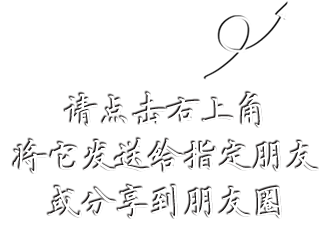A Bell 212 helicopter carrying Iran's president and foreign minister crashed on Sunday, as it flew through mountains in heavy fog.
Origin of helicopter
Bell Helicopter (now Bell Textron, a division of Textron Inc) developed the aircraft for the Canadian military in the late 1960s as an upgrade to the original UH-1 Iroquois.
The new design used two turbo-shaft engines instead of one, giving it greater carrying capacity. The helicopter was introduced in 1971 and quickly adopted by both the United States and Canada, according to US military training documents.
Its uses
As a utility helicopter, the UH, in its military designation, represents those words.
The Bell 212 is meant to be adaptable to all sorts of situations, including carrying people, deploying aerial firefighting gear, ferrying cargo and mounting weapons.
Bell Helicopter advertises the latest version, the Subaru Bell 412EPX, for police use, medical transport, troop transport, energy industry and firefighting.
According to its type certification documents with the European Union Aviation Safety Agency, it can carry 15 people, including the crew.
Organizations using it
Nonmilitary organizations that fly the Bell 212 include Japan's Coast Guard, law enforcement agencies and fire departments in the US, Thailand's national police, and many others.
It is not clear how many helicopters Iran's government operates, but its air force and navy have a total of 10, according to Flight-Global's 2024 World Air Forces directory.
Incidents involving Bell 212
The most recent fatal crash of a Bell 212 was in September 2023, when a privately operated aircraft crashed off the coast of the United Arab Emirates, according to the Flight Safety Foundation, a nonprofit organization focusing on aviation safety. The most recent Iranian crash of the type was in 2018, killing four people, according to the organization's database.
Spare parts issue
Military analyst Cedric Leighton told CNN the difficulty in obtaining spare parts could have played a factor in the crash.
"In this particular case, I think this confluence of spare parts, because of the sanctions, plus the weather which was very bad over the last few days in this particular part of northwestern Iran," said Leighton, a retired US Air Force colonel.

